During our build of our Penobscot 14, ST. JACQUES, and the restoration of the 1880s Mississippi River skiff, BARBASHELA, we drilled a lot of pilot and countersink holes for stainless-steel and silicon-bronze wood screws. White oak, southern yellow pine, okoume, and cypress were the targets. These holes can be drilled separately with drill bits and a countersink, but we purchased a set of Fuller bits that combine countersinks with tapered drill bits, and it has saved us many hours of switching bits. There were drill bit shapes for different wood screws, so we set up to compare the Fuller set with pilot bits from Carbide & Diamond and Bosch.
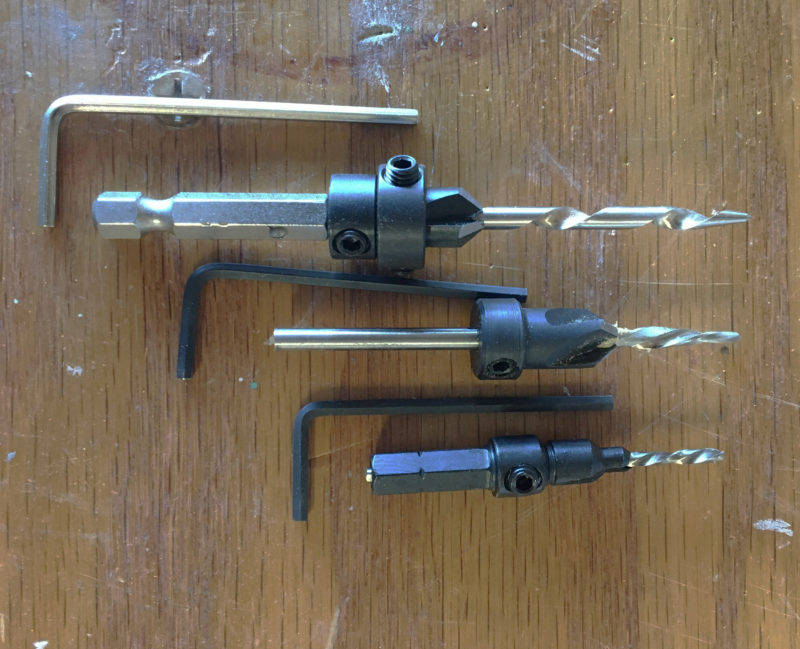 Photographs by the authors
Photographs by the authorsThe three pilot bits tested include, from top to bottom, the Carbide & Diamond, the Fuller, and the Bosch.
The Fuller set has bits for #6, #8, #10, and #12 screws. The bit is adjusted to match the length of the screw, and a stop collar can be added to set the countersink’s depth. Matching plug cutters for 3/8″ and 1/2″ countersinks are included. Our set had drill bits with round shanks; other available sets have quick-change hex shanks, which we would highly recommend.
The Carbide & Diamond pilot bits are sold individually and come with hex shanks, countersink depth-adjustment collars, and tapered drill bits. The Bosch pilot bits, sold in a set of four bits for #6, #8, #10, and #12 screws, have hex shanks and the drill bits are not tapered, which may work better for some screws. The drill bit depth is adjustable on the Bosch bit, but there is no collar for depth adjustment for the countersink.
We tested the bits by drilling holes for #6, #8, and #10 silicon-bronze screws with Frearson heads. We simulated planking stock with 1/4” okoume plywood with the screws driven, heads flush, into samples of ash, Douglas-fir, red oak, and locust for one test and, for the other, 1/2” pine with the screw head countersunk 1/4″. We also drove some stainless-steel wood screws and deck screws into samples of pine and oak plywood.
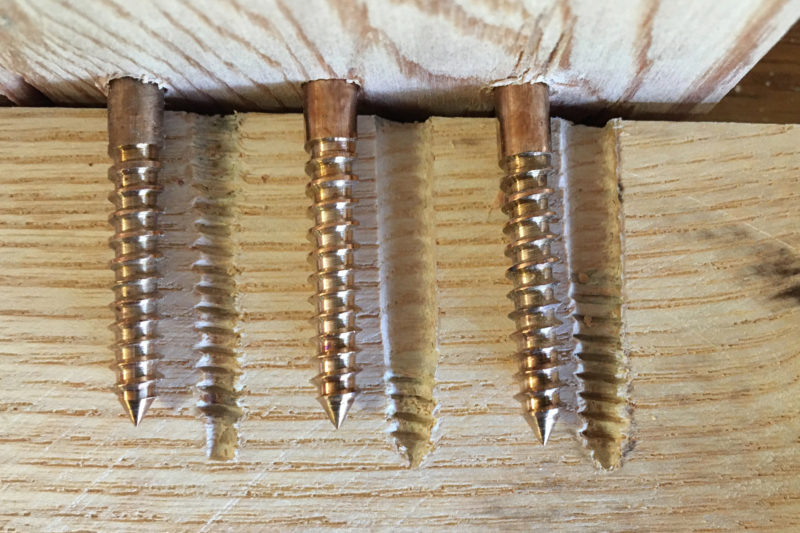
These screws show the grip they had on pilot holes drilled in ash. From left, the Bosch pilot bit has a straight drill and the screw threads fully engage with the wood for a very secure grip but harder driving. The C&D hole is oversized and engaged only the threads at the screw’s tip. The tapered Fuller drill bit engages about half of the threads—the wood screw itself is not tapered.
The Bosch and C&D bits were easy to swap out of the drill with the hex shanks, and the bits stayed secure. The Bosch bits had the smallest holes and, with their straight sides, they had the tightest fit and were the hardest to drive screws into. A few screws sheared mid-shank when I tried to remove them from the red oak and locust. The C&D bit holes were very big, and only one or two of the screw threads cut into the wood at the bottom of the pilot hole. It seemed that the bits were labeled off by at least one screw size. I drilled a hole with a #6 bit and got a good fit for a #8 screw.
The Fuller bits had shallow thread cuts in half of the pilot hole and the rest was shaft clearance, and there was still a tight fit for the screw. The Fuller bits could spin in the drill chuck, and the countersinks could spin on the drill bit periodically if I did not fully tighten the drill chuck and the set screw.
The C&D and Fuller bits both had adjustable counterbore collars that were easy to set, and they made consistent countersink holes with minimum tearout. The Bosch bits had no countersink stop collar, so countersink depth was a guess.
For the most secure fit, I’d use Bosch. The Bosch bits were not as sharp as the others and tended to burn the harder locust and red oak. The C&D bits had hex shanks and nice sharp bits, but the hole diameters were too big for the stated screw sizes. The Fuller boxed set is our all-around favorite; we have put in hundreds, if not thousands, of screws with them. The Fuller bits have the best balance of thread cut and shaft clearance for wood screws that do not have fully threaded shanks.![]()
Audrey and Kent Lewis mess about in the tidal waters of Northwest Florida in their fleet of small boats, and are serial restorers of nautical craft. Their adventures are chronicled at their blog, Small Boat Restoration.
Fuller Countersink Sets are available from The WoodenBoat Store, Jamestown Distributors, and other retailers. Carbide & Diamond bits and Bosch Hex Shank Drill Bits are available from hardware stores, home improvement centers, and online retailers.
Is there a product that might be useful for boatbuilding, cruising, or shore-side camping that you’d like us to review? Please email your suggestions.
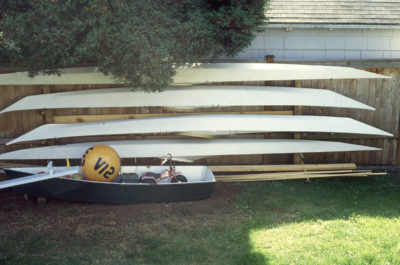



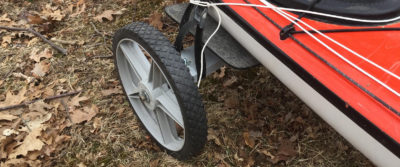
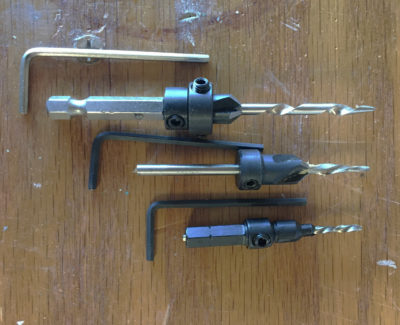
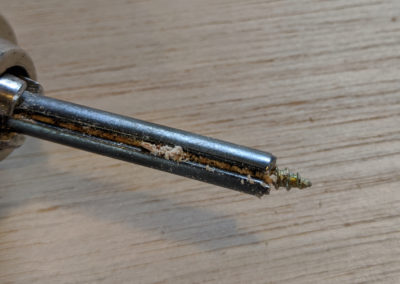

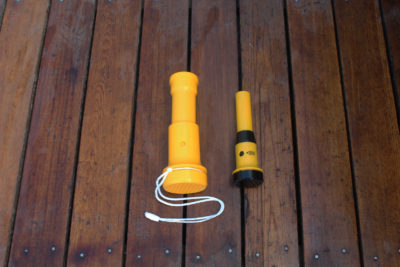
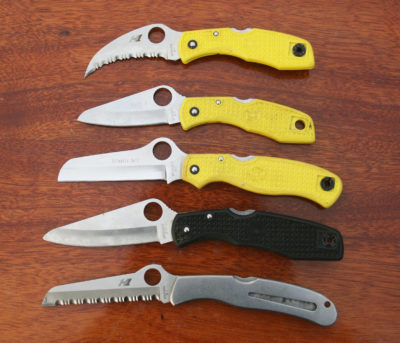
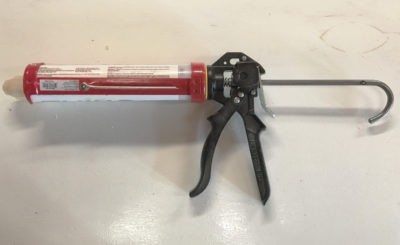
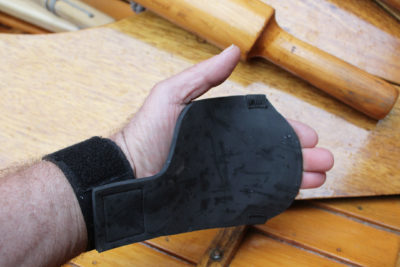
Makita used to make a set called a quad driver, which had the key imbedded the the bottom of the shaft. I have had a few of these, and have, over the years, worn most of them out. They were very well designed and I have used them in the construction of a dozen or so boats. I sure wish there were a source for them still. Alas ….
My preference is the Fuller bits. I also have the round-shank set. If there is some distance between the back of the cutter and the drill chuck, despite how tight you make the set screws once in a while the plug cutter will slip backward on the shaft toward the drill chuck and change the hole depth setting. Not convenient when one doesn’t want the hole to penetrate out the back side of the two pieces being joined. The cure for this is to put some small nuts with an internal diameter just bigger than the shaft size on the drill shank behind the plug cutter, filling the space between the drill chuck and the cutter. Even if something wants to slip, the nuts prevent this from happening. This will give you peace of mind and potentially prevent a problem.
Bill
Thanks for the enjoyable test article on countersinks. Particularly interested in the evaluation of the thread cuts, something I’ve not noted myself. Having said that, I have now thrown out my second set of Fuller bits. As you noted, the countersinks often slip on the smooth drill shaft. To me this has been a constant annoyance. It isn’t just the time lost retightening the countersink and depth stop, but worse this results in stripping the Allen setscrews to where they are unusable. My recent switch to beefier hex-shaft countersinks has improved this for me.
I got a set of these and they are great! Different depths, etc. The only challenge I has was the size of the countersink. On my screws, #8s, it seemed to be too narrow and not deep enough so I ended up going over the sunk holes with a countersink bit.
Eric Rinehart
Great article, excellent original research. This knowledge will be applied in locksmithing and the manufacturer of the odd birdhouse here and there.
I have used the Fuller bits for many years, and like them very much. I have a few of the C&D bits, and use them only when I don’t have the right size Fuller (several of them having broken off and thus rendered useless). They can be replaced individually.